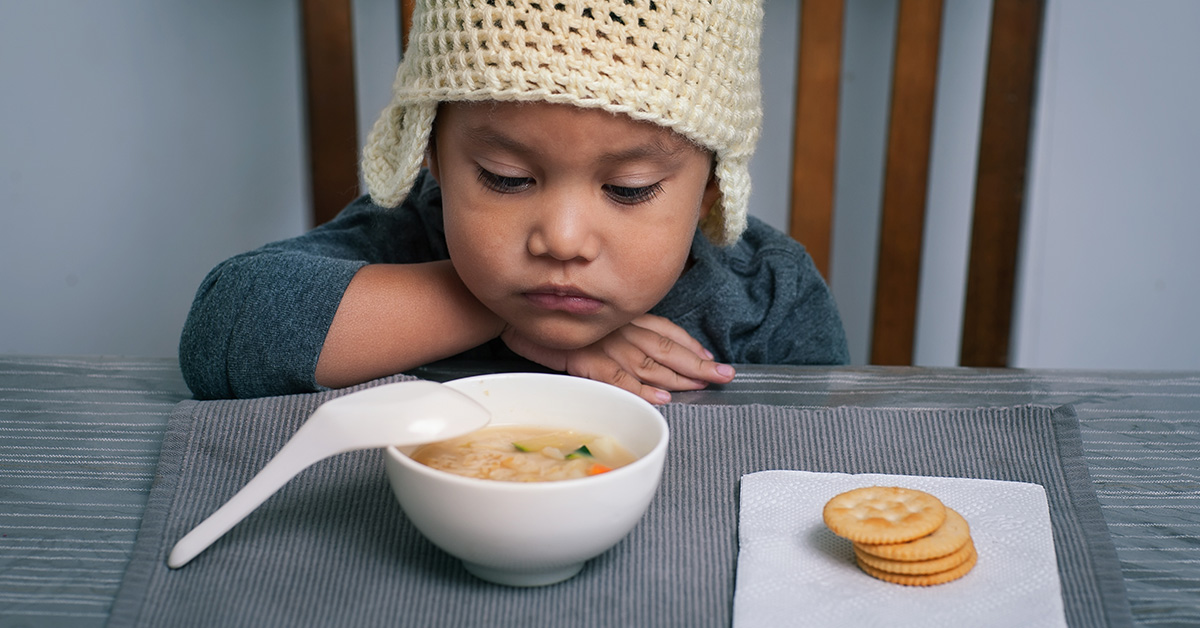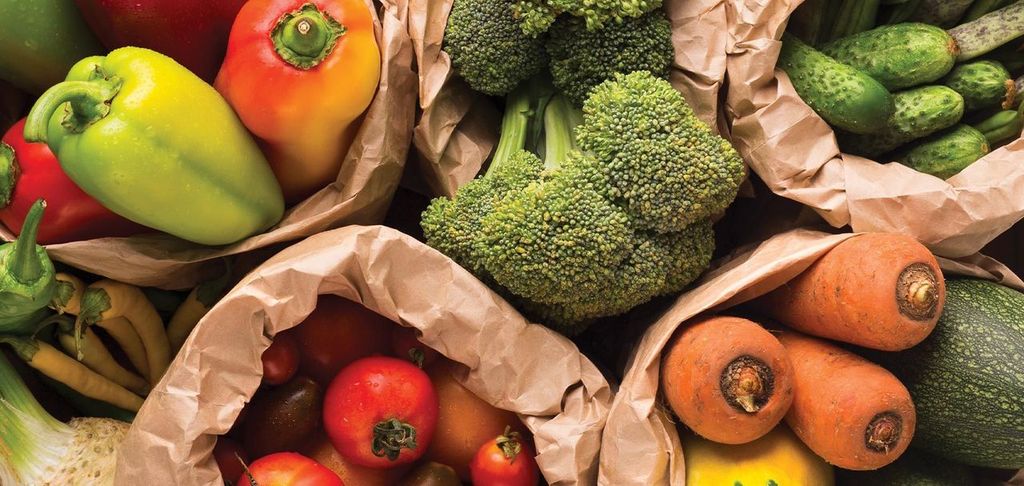Latinos in Rural Communities are Facing Food Insecurity at Disproportionate Rates. Why?
38 million people in the United States were living in food insecure households in 2020. Latino households made up 17% of them.
In an effort to generate a more comprehensive understanding of Latinos in rural communities, UnidosUS and the California State University, Long Beach (CSULB) Center for Latino Community Health Evaluation and Leadership Training conducted a robust study to evaluate various factors related to food insecurity* among Latinos in rural communities. This work was made possible thanks to a generous grant from Knorr®. Researchers conducted a thorough needs-assessment through focus groups, in-depth interviews, and surveys of community members and leaders of community-based organizations (CBOs) in various rural communities throughout the United States.
FOOD INSECURITY AMONG LATINOS IN RURAL COMMUNITIES
The results of the study demonstrated that Latinos in rural communities are indeed facing significant food insecurity and that because of their remote locations, the food they do have access to is often unhealthy and not fresh. 75% of the community members surveyed agreed that the statement “I’ve worried that food would run out before having enough money to buy more” was either always or sometimes true.
After analyzing the participants’ answers and the results of the study, the researchers found 11 themes related to the root causes and exacerbating factors of food insecurity among Latinos in rural communities. In order to effectively remedy this issue moving forward, each of these themes must be properly examined and addressed:
- Food access [or a lack thereof] due to barriers such as far distances to grocery stores, high cost of fresh foods at these stores, and little to no availability of fresh food at local convenience stores and food trucks.
- Cultural influences which influence Latinos’ eating habits and the type of meals prepared at home.
- Family influences and intergenerational differences in the types of food that are preferred by various members of the family; for example, while foreign-born and first-generation Latinos typically prefer traditional cultural foods, second-generation Latinos typically lean toward different foods. When there are children in the home, family members have to ensure that the children will eat the food they are served.
- Nutrition and health knowledge which affects the types of food and diets people choose.
- COVID-19’s impact on community leaders and CBOs’ ability to properly serve their community.
- Existing nutrition education programming and their successes, such as collaborating with community health workers; offering education programs in Spanish; and incorporating culturally relevant foods and cooking demonstrations, as well as their shortcomings, such as limits in funding; resources; and staffing in CBOs serving Latinos.
- Access to and enrollment in federal assistance programs which is particularly low among Latinos due to various barriers such as a lack of knowledge about eligibility, fear surrounding undocumented status for people in mixed-status families, complex and confusing application processes, stigma, and discrimination.
- Need for tailored nutrition programming that is culturally relevant and inclusive of traditional foods and is cognizant of the barriers to food access for those living in rural areas.
- Virtual nutrition education programming as a feasible strategy to provide access to nutrition knowledge. The virtual strategy was widely implemented as a result of the public health emergency that emerged from the COVID-19 pandemic, but it should be made permanent given the barriers to in-person programming.
- Strategies to increase food security that include redesigning and enhancing infrastructure in food distribution and access, such as increased collaboration between churches and food pantries, adding more grocery stores with lower food prices, and a reduction in the availability of fast-food restaurants in their communities.
- Latino cultural wealth which is described as the observed social capital, resiliency, and optimism that Latinos possess despite the challenges and barriers they face related to food insecurity.
“Bueno, nos decimos que, por lo menos, con estas provisiones pasaremos la semana. Y la semana que viene. veremos qué podemos hacer.” – Anonymous study participant and community member
LOOKING AHEAD
UnidosUS and Knorr believe that wholesome, nutritious food should be accessible and affordable to all, regardless of where they live. Conducting this study allowed us to better understand the needs of Latinos living in rural communities and the impact of food insecurity on their communities. As a result, we have proposed policy and programmatic recommendations that we believe would increase food security and significantly benefit Latinos living in rural communities.
Our programmatic recommendations are:
- Strengthen nutrition education considering and respecting the context of Latinos living in rural communities.
- Improve nutrition-related programming to increase engagement.
- Offer other options to receive nutrition education (such as through videoconferencing platforms) to address disparities related to access.
Our policy recommendations are:
- Improve food security and food access for all Latinos.
- Increase access and enrollment to federal nutrition assistance programs.
- Expand food access and address barriers due to the built environment of those living in rural communities.
- Strengthen funding allocation to improve food security outcomes.
Read the full report here to learn more about each of these recommendations and why we put them forth.
*Food insecurity is defined as having inconsistent access to adequate food at some point in the year due to lack of resources.




